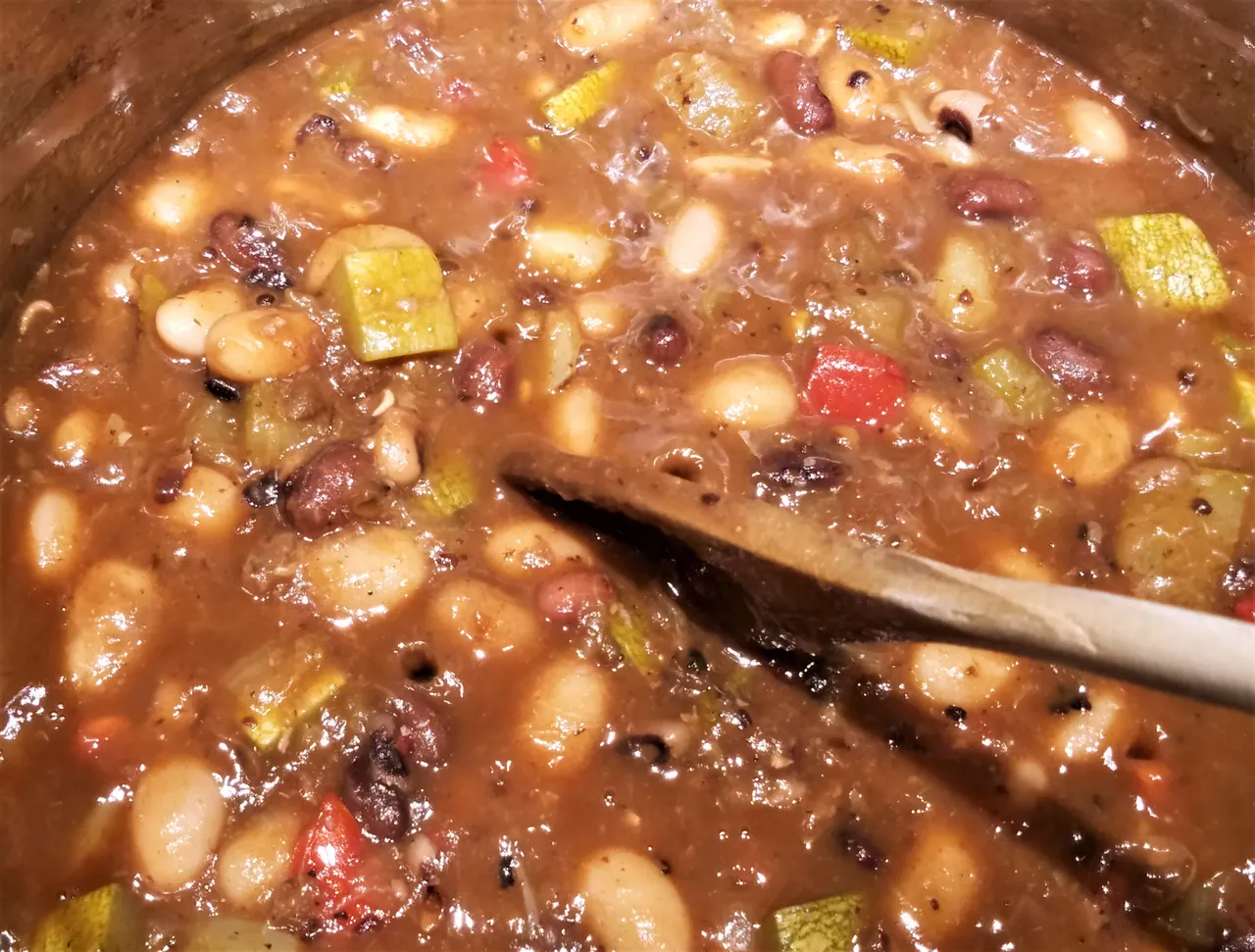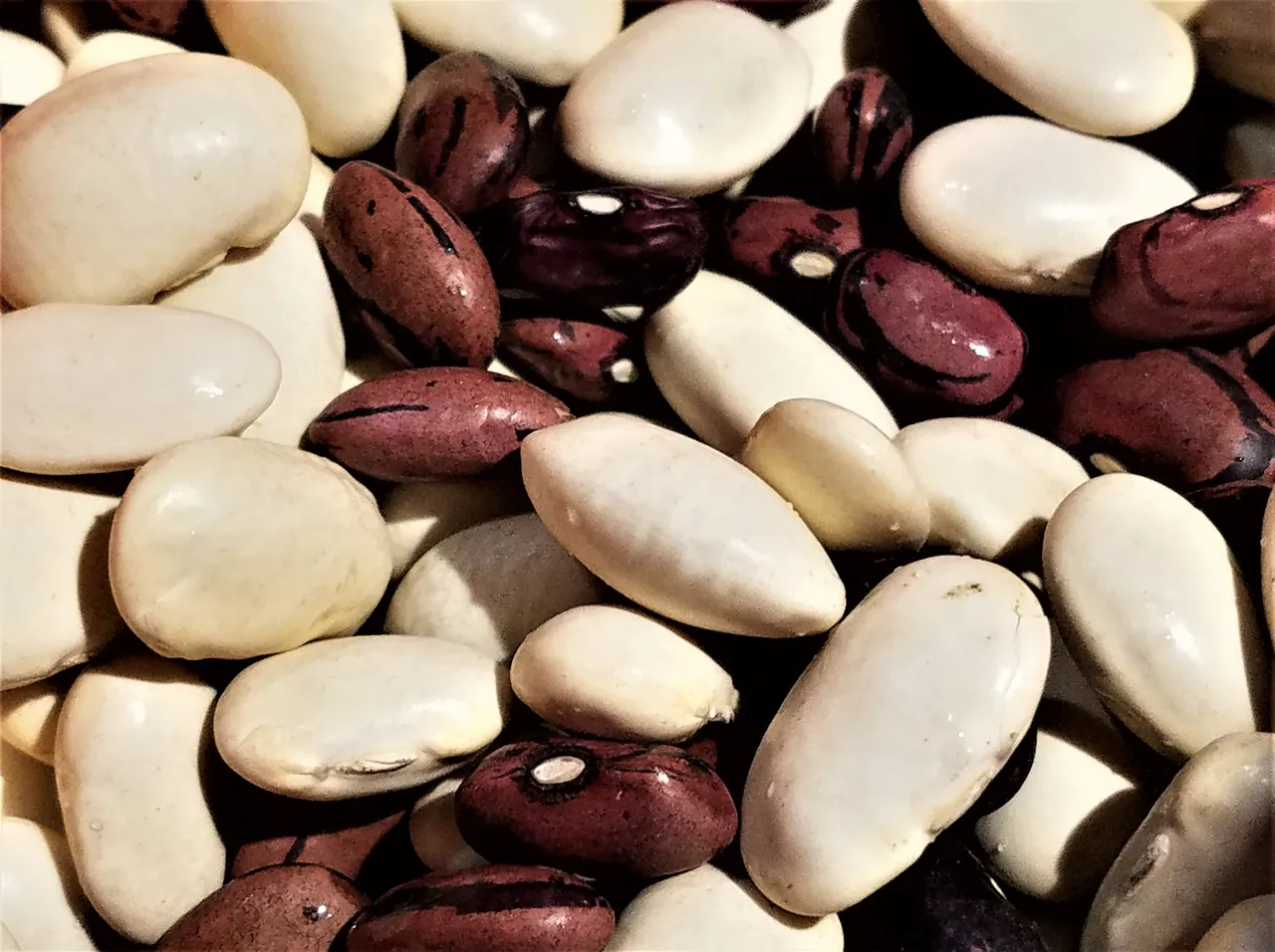
For non-native speakers, this must be a confusing group of words in the English language. "Chile, chilly, and chili" include the name of a country and words for both hot peppers and cold temperatures. The word “chili” also refers to a heavy soup that can be made with beans, beef, and/or various meats along with vegetables and spices. Because it’s thick and heavily flavored, you can hide a lot of vegetables in chili.
When summer weather is hot, the last thing I want to be doing is cooking over a hot stove. But one does not have the luxury to avoid it when the refrigerator is full of vegetables from a bountiful garden. We froze, dried, or canned some for later use. We ate some raw or lightly cooked in other dishes. But after opening the refrigerator and STILL seeing this many vegetables, I resolved to make some chili. No meat in this one, just vegetarian.
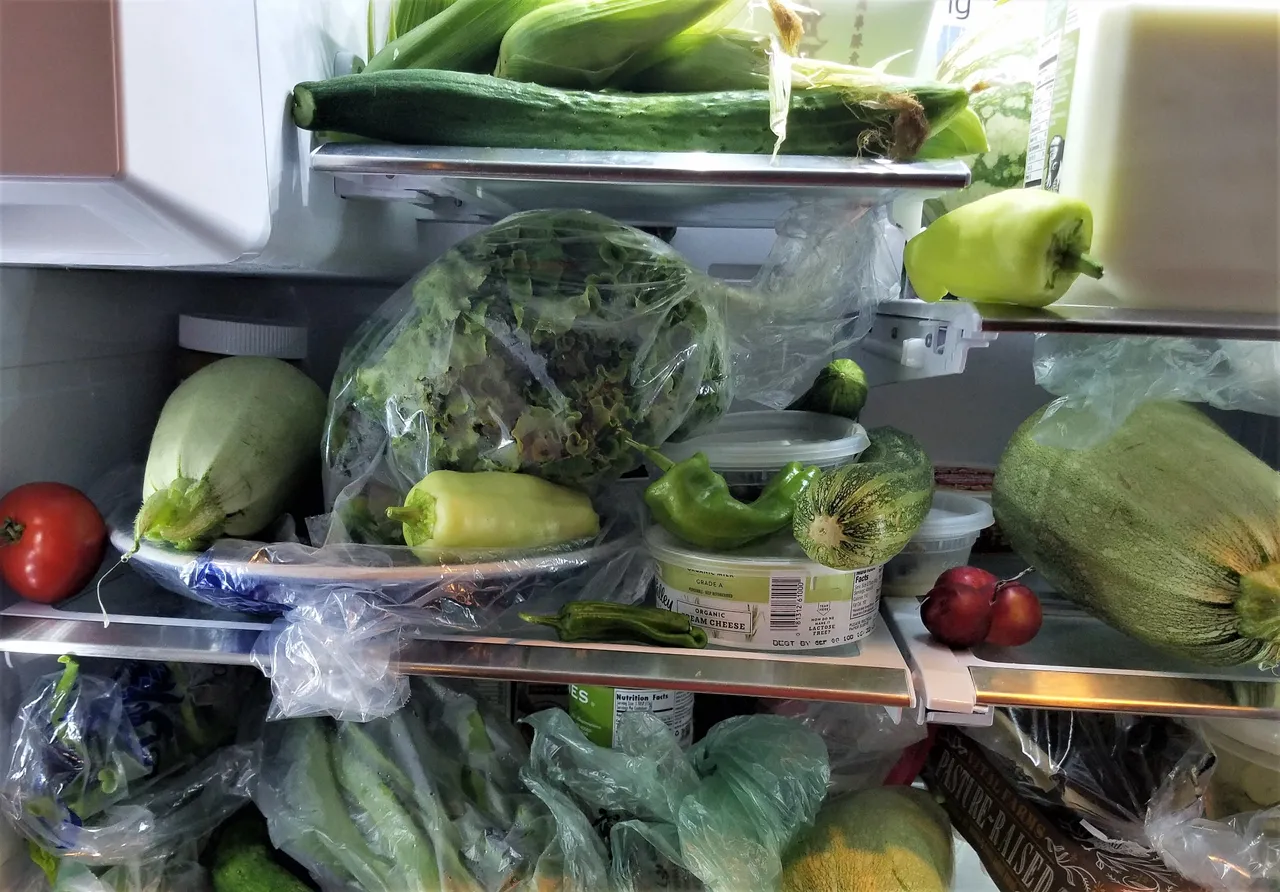
Fortunately, we had plenty of dry beans since we buy them and then are too lazy to cook them up. Not too lazy this time! I gathered several kinds of beans from their shelf: some heirloom red Rio Zape beans, Italian butter beans, flageolets, and black-eyed peas. Together, they looked like this. On balance, a little whiter than usual, but when you're making chili, the bean color doesn't matter.

One, two, three, four kinds of beans…wait, that number does not work. Three Bean Chili or Five Bean Chili sound good, but I can’t make a good title from four. That’s too comfortable. Creativity demands an edge which doesn’t come from using even numbers. I searched the cupboard for one more kind of beans under the threat of having to put back one of these kinds if there wasn’t a fifth.
The choice of which kind to put back was not that difficult. The red beans are perfect for chili. The butter beans will break down and make a thick soup. The black-eyed peas are a great, nutty-flavored addition to any stew and, being a different species of legume, bring a slightly different nutritional profile than other beans. The flageolets were first in line on the chopping block, as they may be too firm for chili unless cooked into submission. These are young beans that are picked early and dried, so their off-white beige color retains a hint of green. I’d return them to the shelf if there’s nothing else.
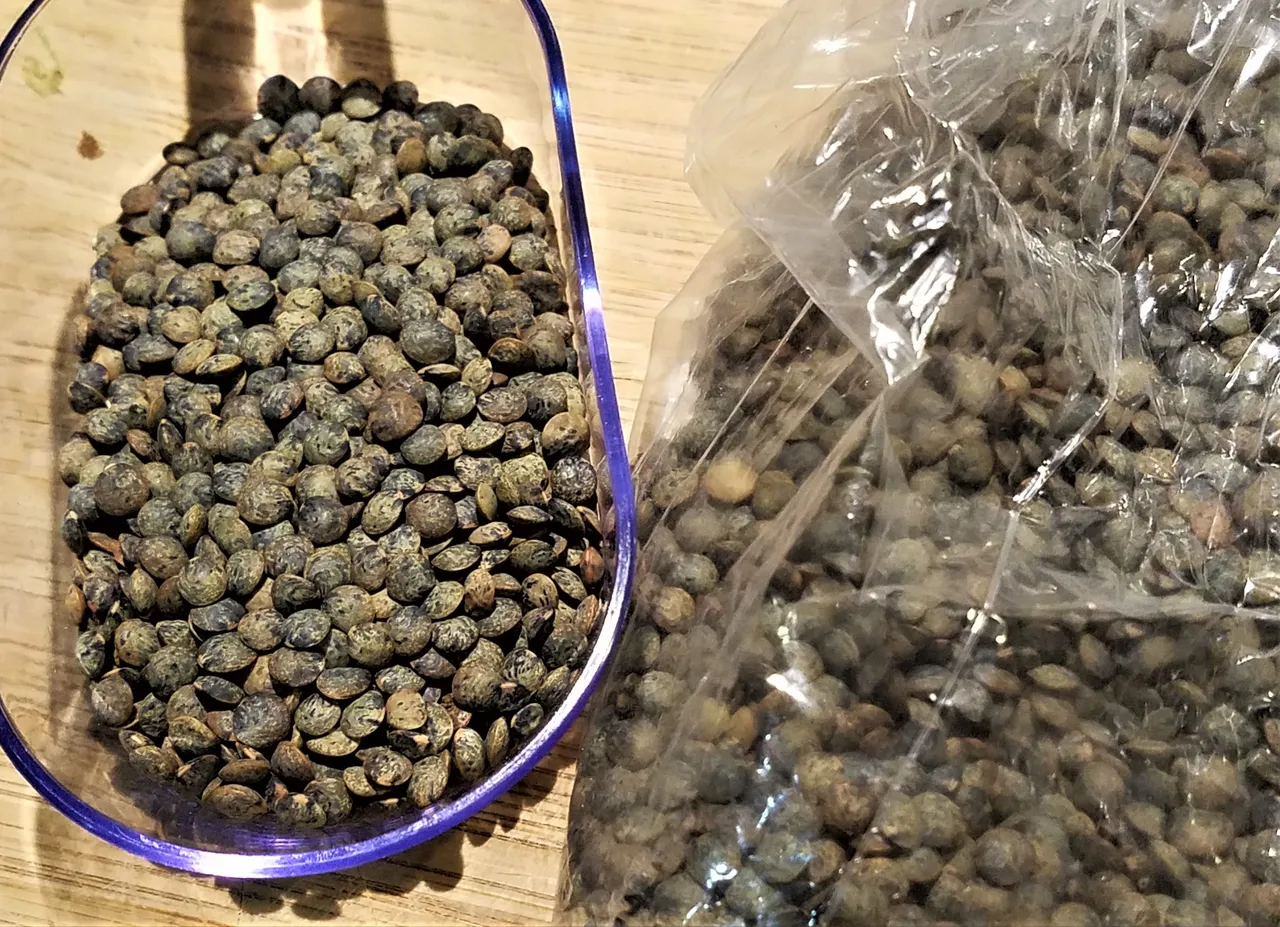
Aha. There was a bag of French green lentils hiding behind some cans. I didn’t want to know how long they’d been there. Still just fine. Plenty of protein, fiber, iron, and other minerals. I rinsed a cup of them and added these lentils to the pot.
It’s best to soak beans overnight and then pour out the soak water before cooking them. This step improves digestibility. I use salted water with a slice of ginger in it. The next morning, after cooking the beans for awhile in water, it was time for basic seasoning. I’m not a chef, since I don’t like to use recipes or specific amounts. I cook by taste and keep adjusting ingredients until the taste is awesome.
The basics here include a bay leaf, which I think belongs in every bean dish. I also include a small slice of ginger and a handful of dried kelp (kombu). Together, these ingredients help condition meat or bean protein, much like the Mexican/Central American herb epazote, which I do not use. In using kelp, just a couple of small pieces should be enough. You don’t want the beans tasting like a sushi roll. But unlike some cooks, I never take out the kelp; I let it cook in completely and disappear. It adds to the background flavor and contributes a broad range of trace minerals.
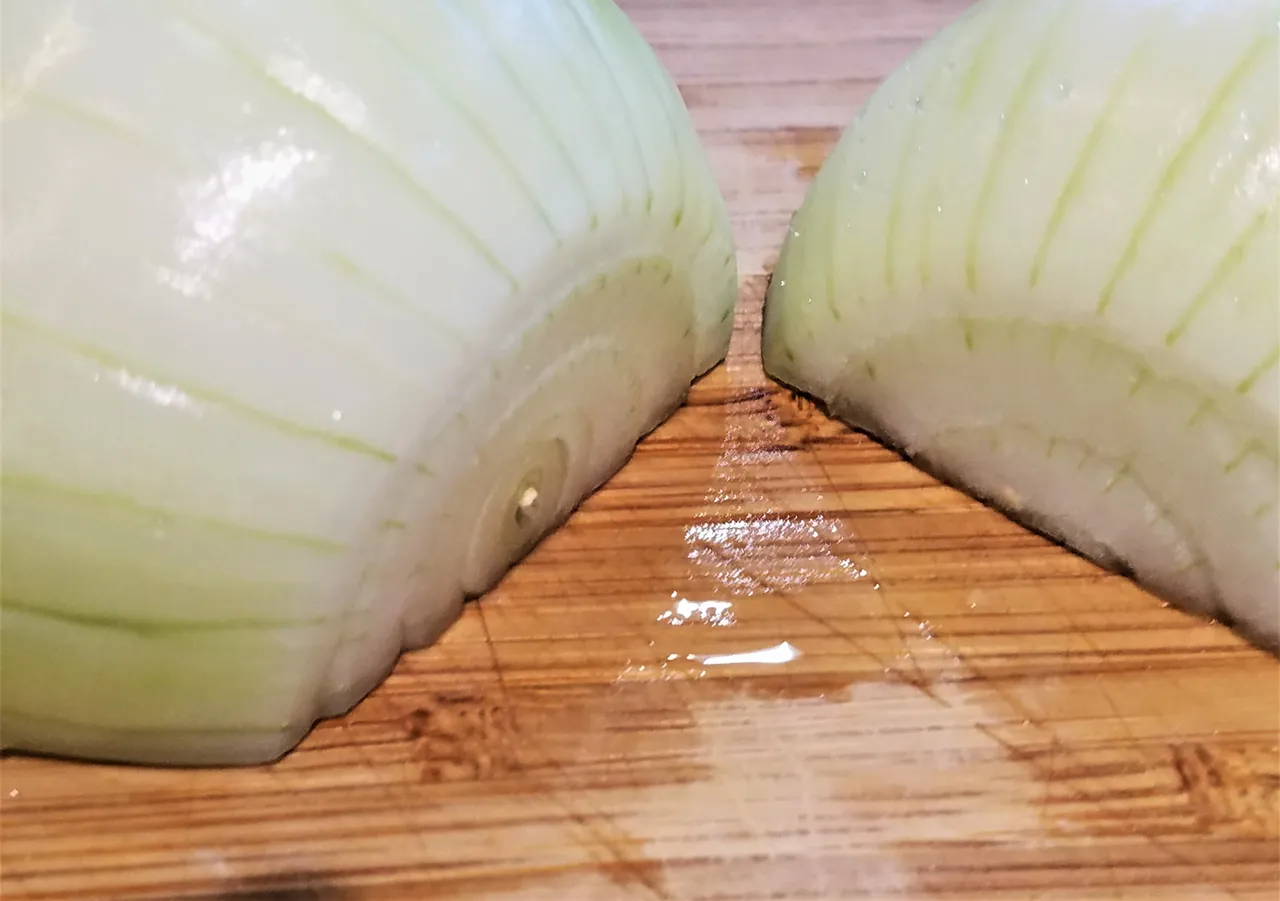
My chili continued to cook, but did not get much further before I added sea salt and some chopped onions and peppers. Other vegetables can wait, but onions and peppers are the heart of the flavor for good chili and I want them cooked into these beans early on. How spicy you make it depends on you; I add both sweet and hot peppers. Then I shake in some spices like chili powder, cumin, and a big dash of curry powder (that may be the secret ingredient, so don’t tell anyone). I’ll also add the tomato influence at that time, which can come from a can of tomato paste, some leftover tomato sauce, or chopped fresh tomatoes. Whatever you use, it will cook in and give the soup some tomatoey background.
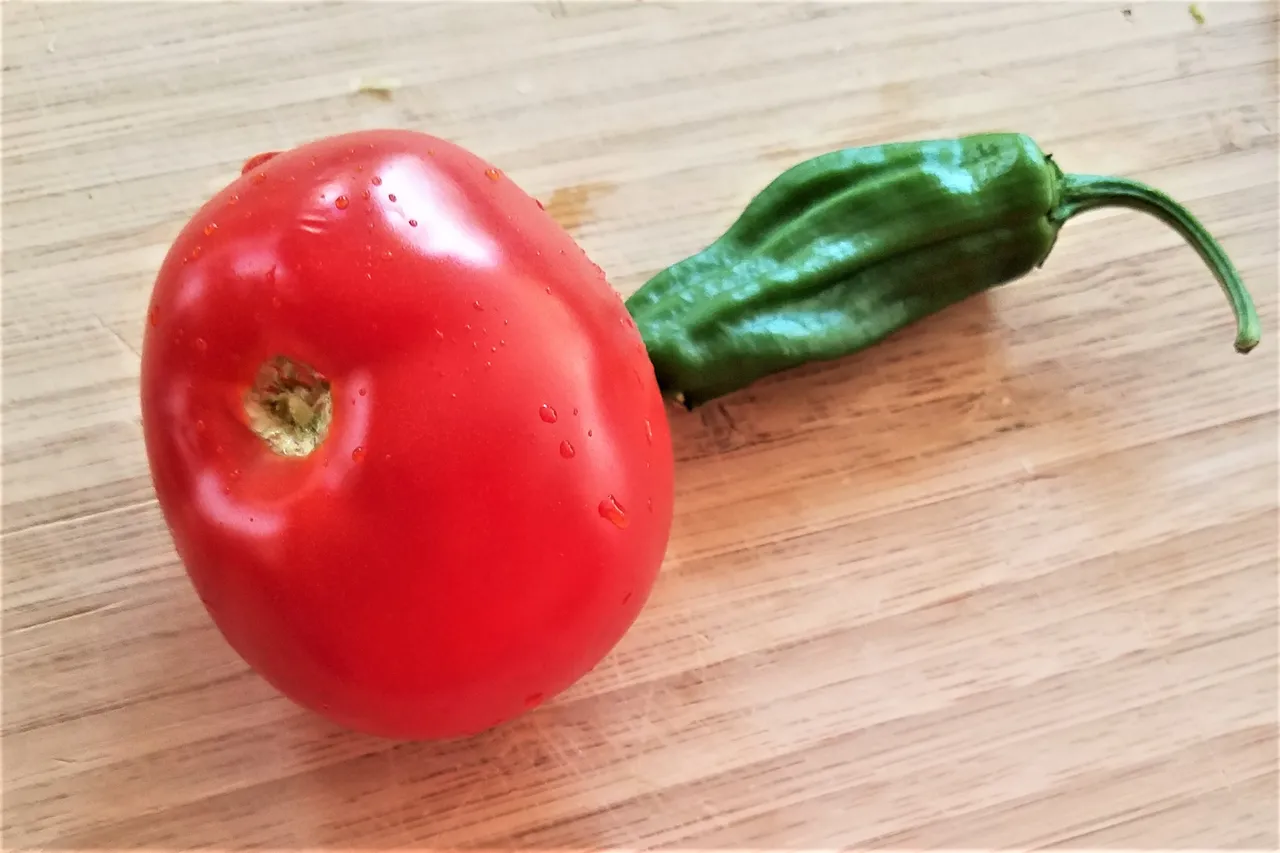
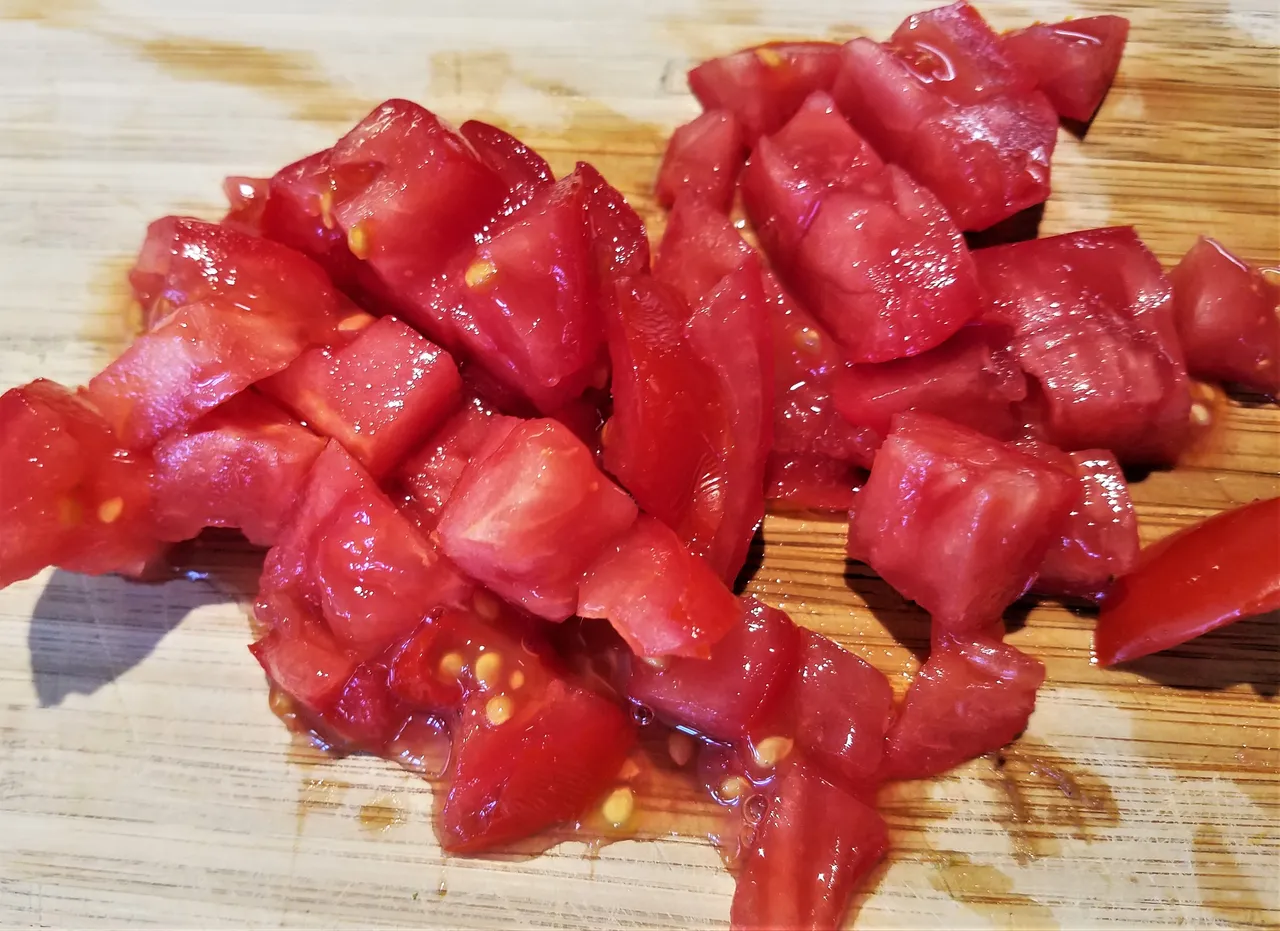
Finally, as the beans cook up and a soup develops around them, it’s ready for other vegetables. Timing the veggies is difficult if you want them to taste fresh rather than overcooked. At the same time, the longer you cook them in, the more flavor they will impart, so it’s a tough decision. I reserve some vegetables for the very end, such as crushed garlic, additional tomatoes, and maybe even a pepper, but will put in others while it’s cooking. Any fresh herbs, such as basil, oregano, marjoram, thyme, sage, rosemary, and parsley: each one changes the flavor, but I’ll gladly add to this dish anything we have available at the time.
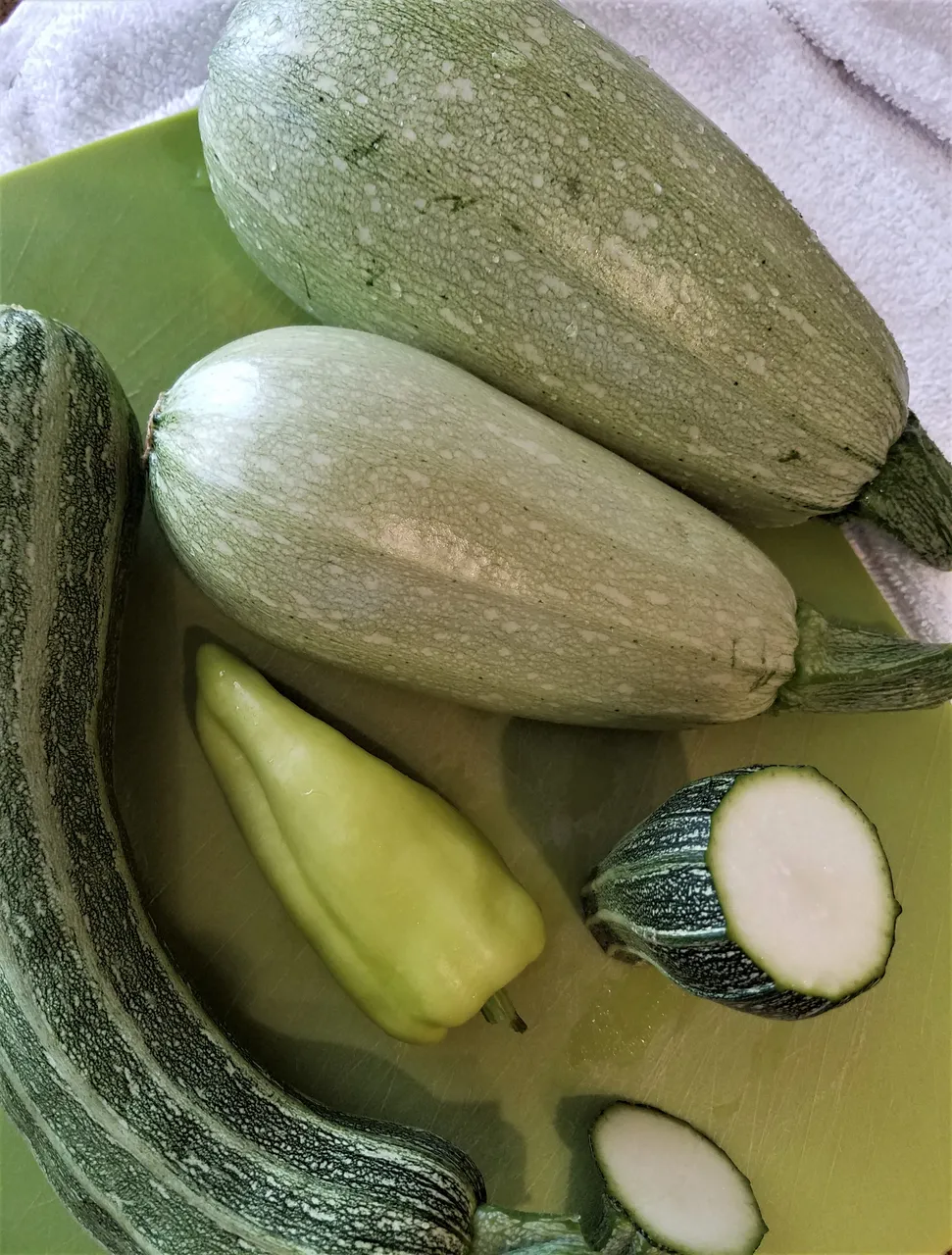
In this stew, I chopped and added in a lot of zucchini (summer squash) because there’s so much of it coming from our garden. I also included some chopped potatoes, carrots, and a handful of parsley that survived the garden’s summer heat. Some of the garlic went in then for overall flavor, while the remainder was reserved for the end. Some people will add some ground beef or turkey or chop up some sausage, but I went vegetarian with this. There was some dried maitake mushroom on the shelf, which I like for its smoky aroma, in small doses.
The last bit of garlic and vegetables were added right before I turned off the stove; they get cooked just enough that they are no longer raw, but they still have enough flavor to give the dish some late life. Cilantro is another great late addition, but I didn’t have any this time. You can always add more tomatoes, even towards the end if you want them to freshen it up.
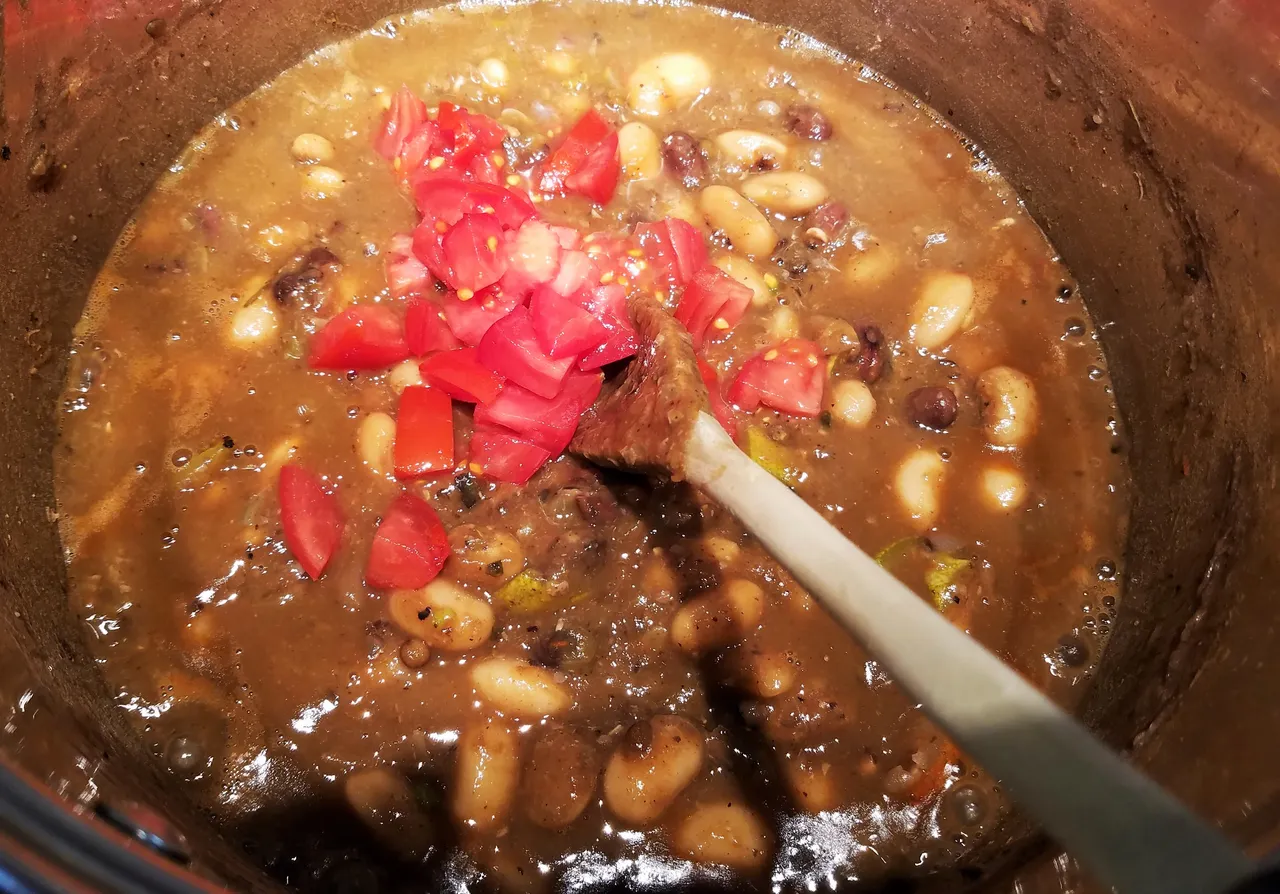
When the beans are cooked through, it’s time to taste and fine-tune the flavoring. Black pepper, more salt, additional spices if needed. Yummy. This soup/stew was so good that even my kids slurped it up. It paired really well with cornbread. Good stuff, Maynard.
I’m sorry I don’t have a chili recipe for you, but after two hours of stirring and adding random ingredients whenever I felt like it, I have no idea what how much I used of anything to make the chili. It doesn’t have to be perfect and I’ve never made the same chili twice; it’s always somewhat unique because of available ingredients and the cook's whims. As long as you cook beans and then add onions, peppers, a bay leaf, a can of tomato paste, some chili powder, enough salt, and plenty of garlic, being willing to taste-test it and make needed adjustments, you simply cannot make bad chili!
Don’t forget to leave a window open after you eat it.
